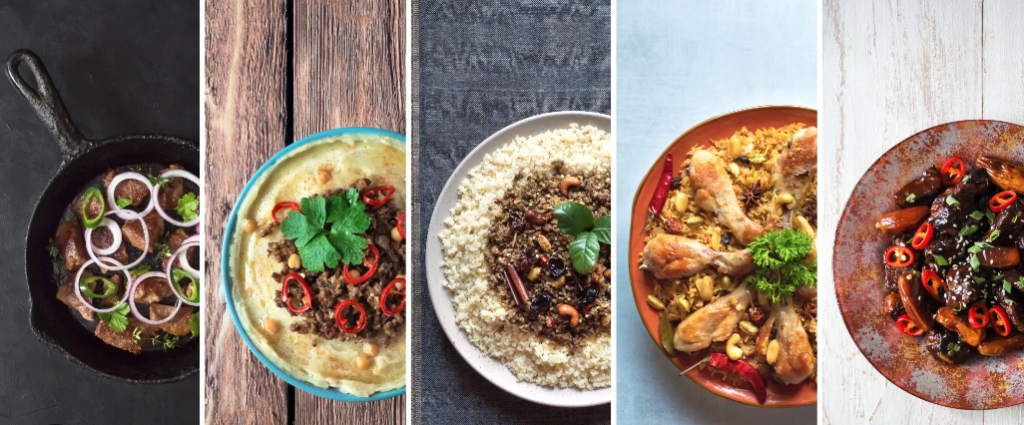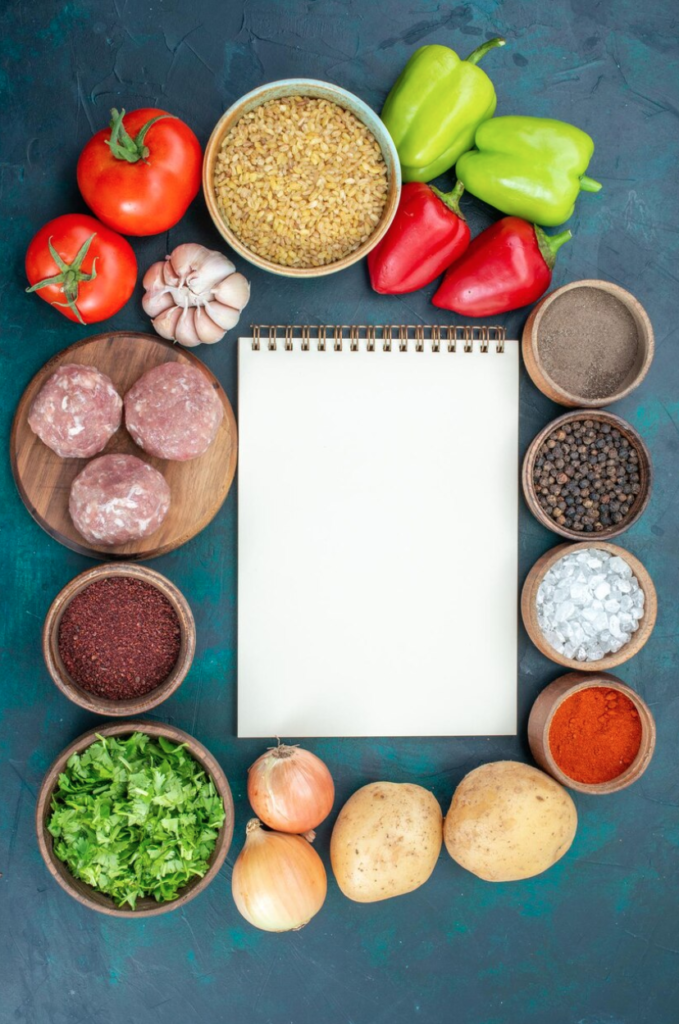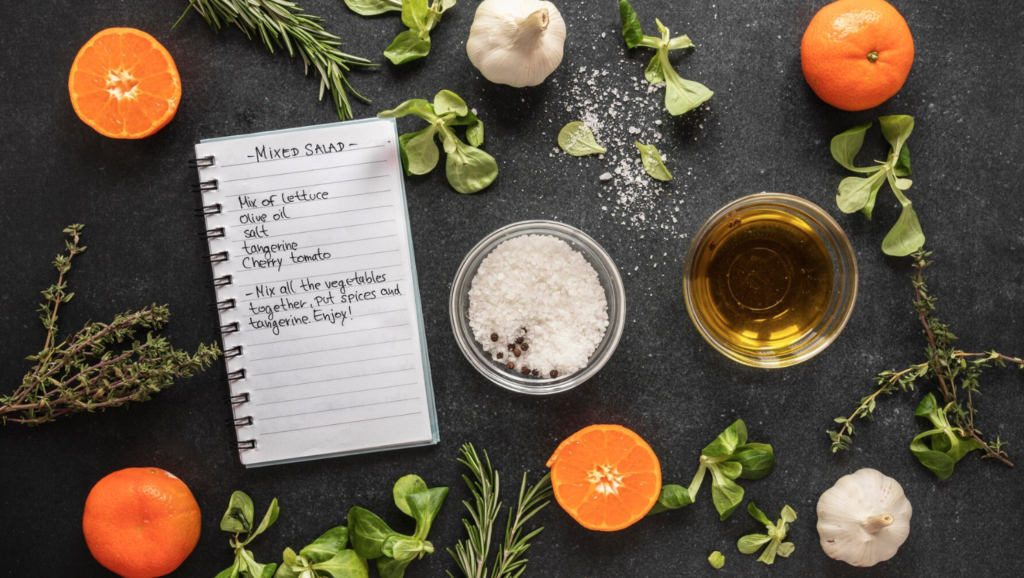TABLE OF CONTENTS :
- Recipe Jalbite: A World Food Favorite
- What is Jalbite?
- Origins of Jalbite in World Cuisine
- Traditional Jalbite Recipe
- Modern Twists on Jalbite
- Pairing Jalbite with World Foods
- The Cultural Impact of Jalbite
- FAQs About Jalbite
- Conclusion
Recipe Jalbite: A World Food Favorite

In the world of diverse culinary delights, Jalbite has emerged as a favorite dish, blending traditional flavors with modern techniques. Its origins may be humble, but Jalbite has become a beloved dish that transcends borders. Whether you’re a fan of hearty meals or seeking new recipes to add to your world cuisine repertoire, Jalbite offers something unique. In this article, we’ll explore the history, recipe, and exciting modern twists of Jalbite.
What is Recipe Jalbite world food ?

Jalbite is a dish rooted in traditional world cuisine. Known for its hearty, flavorful ingredients, Jalbite typically combines slow-cooked meats, robust vegetables, and a rich blend of spices. The dish has seen many adaptations across different regions, making it an iconic food in global cuisine.
Why Explore Recipe Jalbite world food ?
In recent years, the trend of exploring world foods has grown rapidly. Many chefs and food enthusiasts are now interested in blending traditional flavors with modern cooking techniques. Jalbite is the perfect example of a dish that has traveled across cultures, evolving with time and trends. Trying recipes like Jalbite gives us a window into different culinary traditions, allowing us to enjoy a taste of the world from our kitchen.
Origins of Recipe Jalbite world food Cuisine
The Cultural Roots of Jalbite

Jalbite’s exact origins are debated, but many trace it back to Mediterranean and Middle Eastern regions, where slow-cooking techniques were developed to create tender, flavorful dishes. As trade routes opened and spices spread across continents, Jalbite adapted to include new ingredients and methods. Today, you can find versions of Jalbite in countries across Africa, Asia, and Europe, each adding its unique twist to the original recipe.
Global Influence
Thanks to globalization, Jalbite has gained popularity in Western countries as well, where chefs have incorporated local ingredients to put their own spin on the dish. For example, in North America, Jalbite might be served with local vegetables, or in Latin America, you may find it spiced up with chili and lime. It’s this adaptability that makes Jalbite a favorite in world food trends.
Traditional Jalbite Recipe

Making a traditional Jalbite can be a rewarding culinary experience. The recipe below stays true to its roots while offering flexibility for modern kitchens.
Ingredients:
- 1 pound of beef or lamb (cubed)
- 2 large onions, chopped
- 3 cloves of garlic, minced
- 2 carrots, sliced
- 1 can of chickpeas, drained
- 2 large tomatoes, chopped
- 1 teaspoon cumin
- 1 teaspoon coriander
- 1 teaspoon paprika
- 1 teaspoon turmeric
- 2 tablespoons olive oil
- Salt and pepper to taste
- 4 cups of water or broth
- Fresh parsley or cilantro for garnish
Instructions:

- Prepare the Meat: Heat olive oil in a large pot over medium heat. Add the cubed meat and brown on all sides. This helps seal in the juices, ensuring tender and flavorful meat.
- Sauté the Vegetables: Once the meat is browned, add the chopped onions and garlic. Cook until the onions are soft and translucent.
- Add the Spices: Stir in the cumin, coriander, paprika, and turmeric. Cook for a minute until the spices are fragrant.
- Simmer: Add the carrots, tomatoes, chickpeas, and water or broth to the pot. Bring to a boil, then reduce the heat to low and simmer for about 1-2 hours, or until the meat is tender.
- Garnish and Serve: Taste for seasoning, adding salt and pepper as needed. Garnish with fresh parsley or cilantro before serving.
Cooking Tips:
- Substitutions: If lamb or beef is unavailable, you can use chicken or even a plant-based protein for a vegetarian version.
- Slow Cooker: Jalbite can also be prepared in a slow cooker for a convenient, hands-off approach. Cook on low for 6-8 hours for the best results.
For more variations on Jalbite, visit this recipe guide for Jalbite variations.
Modern Twists on Recipe Jalbite world food
Jalbite has not only stood the test of time but has also evolved with modern culinary trends. Here are some ways to add a fresh twist to the traditional Jalbite recipe.
Fusion Recipes
Fusion cooking is all about blending different culinary traditions into one dish. For Jalbite, many chefs have incorporated ingredients from different cuisines to create exciting new versions.

- Mediterranean Jalbite: Add olives, feta cheese, and roasted bell peppers to give Jalbite a Mediterranean twist.
- Spicy Mexican Jalbite: Incorporate chipotle peppers, cumin, and a squeeze of lime juice for a zesty, spicy version inspired by Mexican flavors.
For more tips on how to incorporate global flavors into traditional recipes, check out our Fusion Cooking Tips.
Healthy Alternatives
For health-conscious cooks, Jalbite can be easily adapted to fit specific dietary needs without sacrificing flavor.
- Low-Carb Jalbite: Replace the chickpeas with zucchini or cauliflower for a low-carb version that retains the hearty texture of the original dish.
- Plant-Based Jalbite: Swap out the meat for tofu or tempeh, and use vegetable broth instead of beef broth to make a vegan version of Jalbite. This version is high in protein and fiber while being completely plant-based.
For more ideas on making traditional dishes healthier, visit our Healthy Food Alternatives.
Pairing Jalbite with World Foods
To create a complete meal, Jalbite pairs wonderfully with side dishes and drinks from various cuisines. Here are some ideas to make your Jalbite experience even more global.

Popular Side Dishes
- Couscous: This North African staple is perfect for soaking up the rich sauce from the Jalbite.
- Flatbread: Serve Jalbite with warm pita or naan bread for a comforting, hearty meal.
- Tabbouleh: A fresh salad made with parsley, tomatoes, and bulgur wheat, tabbouleh is a refreshing side that balances the robust flavors of Jalbite.
Drinks to Complement Jalbite
- Mint Tea: A hot cup of mint tea complements the spices in Jalbite and helps cleanse the palate.
- Red Wine: A medium-bodied red wine pairs well with the earthy spices of Jalbite, especially if you’re using lamb or beef.
The Cultural Impact of Jalbite

Why Jalbite is a Global Favorite
Jalbite has become a beloved dish worldwide because of its adaptability and flavorful ingredients. In many cultures, it represents comfort and home-cooked goodness. The dish’s ability to absorb influences from other cuisines while maintaining its essence has made it a global favorite.
Jalbite in Food Festivals
Jalbite is often featured in world food festivals, where chefs from different regions showcase their take on this traditional dish. Its inclusion in such events speaks to the universal appeal and versatility of Jalbite as a crowd-pleasing dish.
To explore more about Jalbite’s place in global food trends, visit this guide to world cuisine trends.
Recent Recipes
journal recipe
loaded tea recipes
personalized recipe box
keto cottage cheese recipes
FAQs About Jalbite
1. What are the key ingredients in Jalbite?
The key ingredients in Jalbite include cubed meat (such as beef or lamb), vegetables like onions, tomatoes, and carrots, chickpeas, and a blend of warming spices like cumin, coriander, and turmeric.
2. How do I make Jalbite healthier?
You can make Jalbite healthier by reducing the amount of oil, using lean cuts of meat, or substituting chickpeas with low-carb vegetables like zucchini or cauliflower.
4. How long does it take to prepare Jalbite?
Jalbite typically takes 1-2 hours to prepare, depending on the tenderness of the meat. However, using a slow cooker can extend the cooking time to 6-8 hours, making it a perfect dish for slow-cooked perfection.
Conclusion
Jalbite is a versatile and flavorful dish with deep roots in world cuisine. Whether you’re making a traditional version or experimenting with modern twists, this dish offers a taste of global flavors in every bite. Try out this recipe, and don’t be afraid to add your unique spin to it. The world of Jalbite is one filled with endless possibilities!

